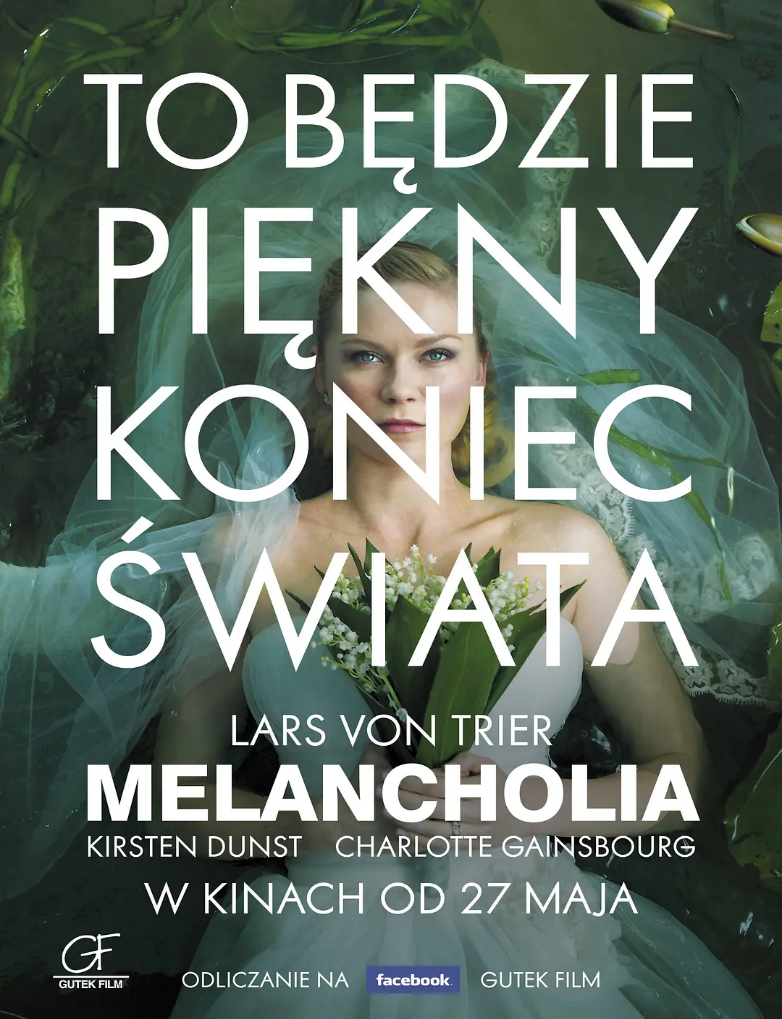Stille dage i Clichy Two biographies of Henry Miller

Reading Magazine, No. 11, 1991 Feng Yidai This year marks the centenary of the birth of the American writer Henry Miller. -These two biographies make up for the past neglect of Henry Miller’s life and work. For Henry Miller, the character of his life and work is a question that, as he puts it in a near-autobiographical book, “straddles the comparison between art and experience. This makes it particularly difficult for the biographer to write, and this difficulty has led those who study Millet to deliberately ignore the comparison; for this would make the subject an uncritical argument. Both biographers have written their books from a position that is as far removed from Millet as possible; although they have taken different paths, each author has mined his own narrative and countless published and unpublished works in order to sort out the facts from the fiction.
Between art and ideology, Millet’s contribution to twentieth-century culture is undeniable, and it begins with his writing on gender issues. Before the first edition of Tropic of Cancer appeared in 1935, Millar was already familiar with the life of poverty and exile in the mythical tradition of the vagabond, ensuring a professionally complete account. (After its publication in France in 1934, the Tropic of Cancer was banned in the United States for its obscene content and was not available for sale until 1961.) The literary influence of Millet was so widespread that it “impacted” American prose, and Norman Mailer said in an essay in 1972 that Millet was important because he established a certain “literary tone” in his writing The complaint against Millet is also a matter of the “literary tone. The complaints against Millet are also well known: he was an equalizer of the sexes, an anti-Semite and an anti-genre writer; his historical mission was one of sexual liberation and self-expression.
Ferguson’s biography of Henry Miller is sometimes inappropriate, although he does cite various ironies from Miller’s texts to flesh out his arguments. For example, he once quoted Millet as saying, “If there is one thing worse than the temperament of an artist, perhaps it is precisely because you yourself have it.” For Millet, the distinction between having or not having the temperament of an artist is never blurred. Ferguson’s comparison of Millet to a skilled liar and a clown goes too far; although in one respect he speaks to a feature of Millet’s character.
Born in 1891 to hard-working parents, Mille was a precocious child who spent his early years on the streets of Broxen, New York. His mother, a descendant of German immigrants, inherited the traditional German severity, while his father was more easy-going, creating a contradictory psychological tendency that formed the framework of his life for almost ninety years. Müller entered the City University of New York in 1908, but failure in one subject caused him to leave school, after which he worked at various odd jobs, often menial ones; during this period he read the works of Dreiser, Jack London, Frank Nolles, and the poetry of Whitman.
Miller loved literature and aspired to be a writer, but had to give in to his mother’s wishes and joined the clothing industry his father ran in Manhattan, and later worked in the delivery service. At this time, Mille was married for the first time (he was married five times in his life and had two daughters and one son), but he also frequented dance halls from time to time and led a life of debauchery. In the ballroom, he met Joan Smith, a dancer who encouraged him to become a writer and who became the main character in his works. Joan Smith introduced Millet to the literary circles of Greenwich Village in 1923, an occasion that makes the biography of Henry Millet very relevant to real life. In an atmosphere of vagrancy, Millet lived with Joan in some cheap housing and from then on devoted himself to writing. His debut novel, The Broken Wing, was written as early as 1922, but was rejected by the publisher and later forgotten. Since then, he has written Morlock God and Crazy Rooster, published under the name Joan Smith. He even instructed Joan to collect the fees for the manuscripts, and one of the people who paid for them believed that Joan was the author herself and agreed to fund her help in writing another work. Mille took the original manuscripts of these writings, showed them to peers and editors, and received a pessimistic response.
There was certainly no chance of publication, nor was there any other way out, and by 1930 Mille was in exile in France, while Joan traveled between Paris and New York, and Mille’s life took a turn for the better. In 1931 Millet met Anna Nin. In 1934 he wrote Tropic of Cancer, which Ferguson describes as an artistic breakthrough for Millet. For in Tropic of Cancer, Millet changed his clumsy and deadly style from his past, and in the first-person narrative, he used crude metaphors for intimate things, thus expressing his feelings and actions, including sexuality and everything related to sex, resulting in a freer and more exciting style than in his earlier works. Mille’s use of more poetic language is a shock to the language, making it a new style for Mille.
The Tropic of Cancer was published in 1934 by the Parisian bookshop Obelisk, after Anna Nin had managed to raise the money for its printing from an Austrian psychoanalyst, Otto Lanck. Accustomed to self-promotion, Müller distributed the book to the poets Pound and Elliott and other literary friends after its publication and received their praise. The Tropic of Cancer and its sequel, Spring in the Gloom (1936) and The Tropic of Cancer (1939), about the author’s life in New York, earned him an underground literary reputation but not a significant income. In order to earn money, he had to sell his letters, watercolors and manuscripts to friends and collectors, far more than his father had been able to do from the sale of clothing. What Ferguson calls the “religious instinct” of Millet’s spontaneity – the new instinctualism of Millet and his friend Fred Pearl – is a break from his old The new instinctivism, which Ferguson called “religious instinct” – that is, the new instinctivism of Millet and his friend Fred Pearl – was a break from his old-school, crude writing, and won the admiration of a large audience. Millar settled in Big Sur, California, after World War II, and moved to Los Angeles in 1963, where he remained until his death in 1980.
Mary F. Dearborn’s The Living Fast Man, A Biography of Henry Miller, the title of which comes from a line in Tropic of Cancer, emphasizes Miller’s decadent career in his later years more than the biography written by Ferguson, a decadence that stemmed from the growing contradictions Miller encountered. Millet hated the commodification of art, but in fact he depended privately on his reputation and the sale of his handicrafts for his livelihood. Now money and fame were breaking his heart, for he could no longer pretend to be a poor and abandoned genius. Dearborn saw this paradox and used it as the main line of her biography, which is richer in the moving story of Millet’s life than Ferguson’s book, although she does not write it with any ease.
Her view of Millet’s early childhood is particularly rich because she writes from a female and slightly psychoanalytic point of view. She considers Millet an important writer because he is an example of the literature of modernity. Millet’s mother was not only strict but also a blatant sadist, while his tame father was homophobic. Millet becomes the center of this “paradox” and pays the price for it. Dearborn argues that while sex is a major factor in Millet’s work, Millet’s later tendency to share in women’s encounters, and his deep sense of contradiction, becomes a never-ending theme in his work as he shares in the homosexual roots of the family. She places great importance on Millet’s anti-Semitism and attributes it to Millet’s early childhood in the midst of a mass influx of Jewish immigrants into the United States.
Dearborn also places great importance on Millet’s literary career. She wants to persuade readers to pay attention to the literary style Miller developed in Paris in those years. Miller’s devotion to the works of authors Henry James and Walter Pater in England, and his careful portrayal of fictional characters on the Left Bank of Paris, shaped his instinctivism and earned him the admiration of Anna Nin. Although Mille was attractive and gentle by nature, he was lewd and vulgar. The crudeness of his interjections in his writing, which is brought about by his comic antics, is loved by Anna Nin, who in turn likes his “icy arrogance”. The two sexes influence each other, what one lacks is complemented by the other.
The progress of The Mad Cock, which Millet completed in Paris in 1931, was not so great as to bring him from failure to infamy. It is a story written in the third person about his love affair with Joan Smith and another lesbian artist. The writing of “Crazy Rooster” anticipates Millar’s later style, although the tone and flow of language are quite different. Crazy Rooster is stuffed, exaggerated, clumsy, and so full of self-awareness that it becomes unconscious. At that time, Millet had not yet discovered the anti-aesthetic attitude of the book Tropic of Cancer, so that his lines seem jumpy and neurotic. But his penchant for the crude and metaphorical gives Millar’s writing of The Mad Rooster a coherence with the two Tropic of Cancer books. Miller often seeks a literary atmosphere for his writing, and Crazy Rooster supplies a blueprint.
Now, in a review of Millet’s accomplishments in 1991, he is no longer the crude and unwritten man he was, and he has become a role model for several writers of the 1950s and 1960s. The quality he shares with his girlfriend Anna Nine-Ning writes “Diary” almost as if it were Millet’s handwriting-is that the writing is contrived rather than approachable. Millar emphasizes the literary effects that writers work so hard to achieve. Ferguson defends Millet, saying that Millet understood life from his favorite characters in Dostoyevsky’s and Hamsun’s works. He said that Millar could not recognize different people, and that often he saw the people he met as characters in a book. Intuition, spontaneity, and silliness are all necessary to restrain this active aesthetic view of Millet’s comparison from real life to life in books. Regardless of the ironic tone that emerges in North and South, this desire to separate real from book life, and especially to separate art from life, truly becomes the irony in Mille and Anna Nin’s writing. Experience was interesting to both of them because it made them think of the books they had read and the movies they had seen, and in any case they thought that their own innocence allowed them to live more intensely than others. They thought that if you wrote down what happened in powerful or poetic words, it would be interesting. But we have not yet seen the effect of this argument.




